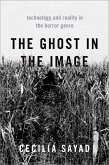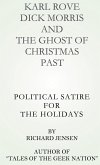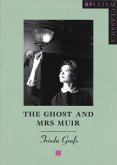Scientific Essay from the year 2008 in the subject Theater Studies, Dance, grade: H1, University of Melbourne, course: Modern Drama, language: English, abstract: August Strindberg's The Ghost Sonata does not suggest a realistic portrait of life, rather, like a dream, this play offers a subjective experience of the world. It is a highly modern text as it blurs the realms of real and illusion to expose the world in all its scary ambivalence, questioning the old doctrine and the notion of 'one great truth'. In this way, The Ghost Sonata requires a dramaturgy which rejects realist styles of theatre and adopts an expressionist form. The Ghost Sonata's world premiere, loosely directed by August Falck, was staged at Strindberg's Intima Teatern in Stockholm (1908). Although the premiere did not exactly stun its audiences, it had planted the seeds for an expressionist dramaturgy which would later fully blossom and resonate in the set design, characterization, and overall rhythm used in subsequent productions. For example, Ingmar Bergman's 2001 staging of the play in New York (done by Royal Dramatic Theatre of Sweden and presented by the Brooklyn Academy of Music at The Harvey Lichtenstein Theatre) is an example of how The Ghost Sonata was milked for its theatrical potential, conveying how this play's dramaturgical journal has cleared the stage for something extraordinary.
Dieser Download kann aus rechtlichen Gründen nur mit Rechnungsadresse in A, B, BG, CY, CZ, D, DK, EW, E, FIN, F, GR, HR, H, IRL, I, LT, L, LR, M, NL, PL, P, R, S, SLO, SK ausgeliefert werden.









